Popular on Food52
Continue After Advertisement
17 Comments
Deena B.
March 2, 2019
I tried this recipe tonight with much trepidation and it turned out perfect (IMHO). Thanks!
Marion
June 10, 2016
I was trying to send my recipe for Persian rice and tahdig to a friend and found it too complicated for me to compose. Your version of the recipe is exactly the way I had learned it from my husbands aunt many years ago.
Wonderful. Thanks.
Wonderful. Thanks.
krikri
June 9, 2016
Tonight, my first attempt: didn't really work. I mean, the result tasted good, but it was very, very fluffy (kind of like couscous) and it didn't get the golden bottom crust.
I think I did 2 things wrong: I cooked it too long in the first cook; and our low burner is probably too low to use a flame tamer with. So next time I'll cook it shorter and not use a flame tamer, or use it on the next bigger burner.
Another site describes "the art of making tahdig" - so I'll keep practising. :)
I think I did 2 things wrong: I cooked it too long in the first cook; and our low burner is probably too low to use a flame tamer with. So next time I'll cook it shorter and not use a flame tamer, or use it on the next bigger burner.
Another site describes "the art of making tahdig" - so I'll keep practising. :)
Carrie R.
March 16, 2016
I LOVE America's Test Kitchen, but their method for making this was terribly complex, messy, and for me resulted in a nasty combination of burned and soggy rice. This method seems to make much more sense, especially with the additions of saffron or turmeric as mentioned in other comments. I often achieve this already (crusty bottom, fluffy above) when I make rice; I didn't realize it had a name!
HungryGypsy
March 16, 2016
Horrible photo! Apparently that's what you guys deem as tahdig. Wish this article had been written by someone with Persian heritage. And yes I will be politically incorrect and say that it does make a difference. And whoever cooked that tahdig did a disservice to Persian cuisine. You guys should have known better than to present this as tahdig. I sent this to several Persian and Armenian friends who all said the same thing. Expected better from you F52.
jena B.
March 16, 2016
Love this rice. My first boyfriend was from Iran and taught me how to make rice this way. From what he told me, the tahdig showed the skill of the chef. The picture is not so great. (sorry) It should be dark golden brown and evenly colored from edge to edge. Getting the tahdig out in one piece also shows the chefs skills. He never put tumeric or saffron. They take out about 1/4 cup of the rice and mix with a little saffron water, then sprinkle over the top. When it was served, the rice was steaming hot and an egg yolk was put on top then mixed with the hot rice which cooks it.
Wendall
March 16, 2016
Years ago, decades ago, a friend with a Persian husband cooked this for me and I always wanted to eat it again. I kept meaning to ask her what it was called but I didn't get around to it and here it is! I'm going to do this, this week! Thank you!
Denise P.
March 26, 2015
carmelized onions for color and taste; they practically disappear as the rice cooks! This taught to me by an Afghani
ariel A.
March 25, 2015
Interesting! I'm Persian, and I've never encountered tahdig prepared without turmeric or saffron stirred into the oil at the bottom of the pot like in this recipe. I'd definitely recommend the addition; it makes the tahdig a beautiful, even golden brown color with an incredible aroma.
Mei C.
March 26, 2015
So interesting! I bet that the rice is BEAUTIFUL that way. Thanks for the tip!
David A.
March 25, 2015
tahdig needs to be dark brown consistent across the bottom and the thicker the better. The idea is that it can stand the heavy stew and still be crunchy. Low heat add Tumeric to the oil to get more color.
alexia S.
March 25, 2015
My childhood best friend's family is Persian -- now I dream of this stuff and have added it to my own repertoire with kebabs and grilled tomatoes. Delish!
Hector L.
March 16, 2016
Yes! With lamb Kebabs, grilled tomatoes and grilled onions. Just as I remember from my travels to Iran way back when. As the guest, I always got plenty of crust. Wonderful.
Catherine L.
March 25, 2015
I've always wanted to know how to do this! Can't wait to try it to applause at my next dinner party.
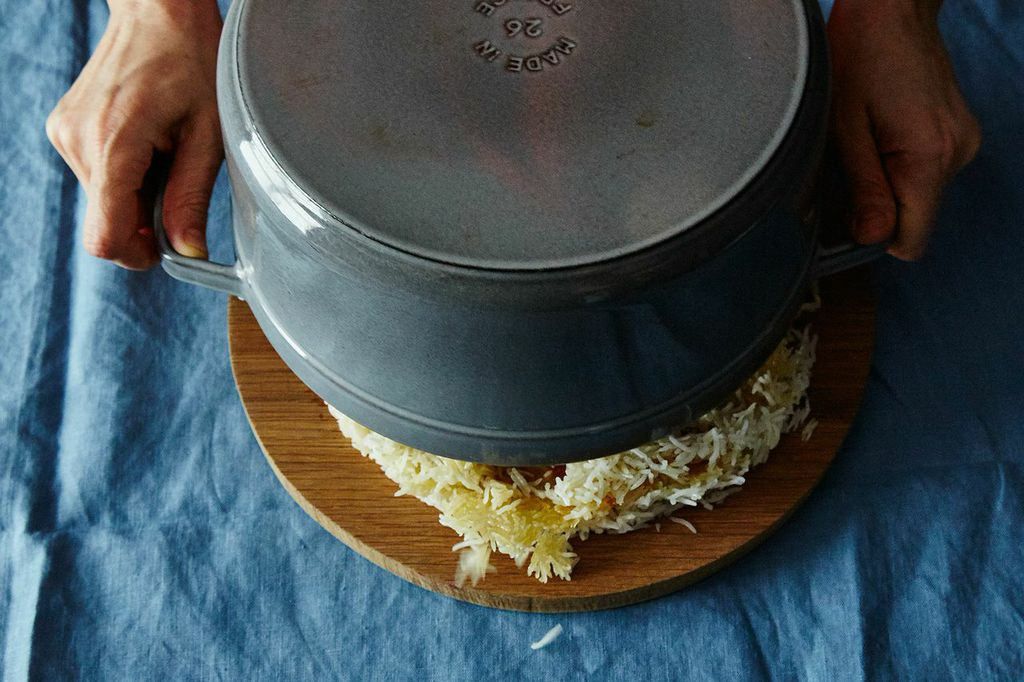
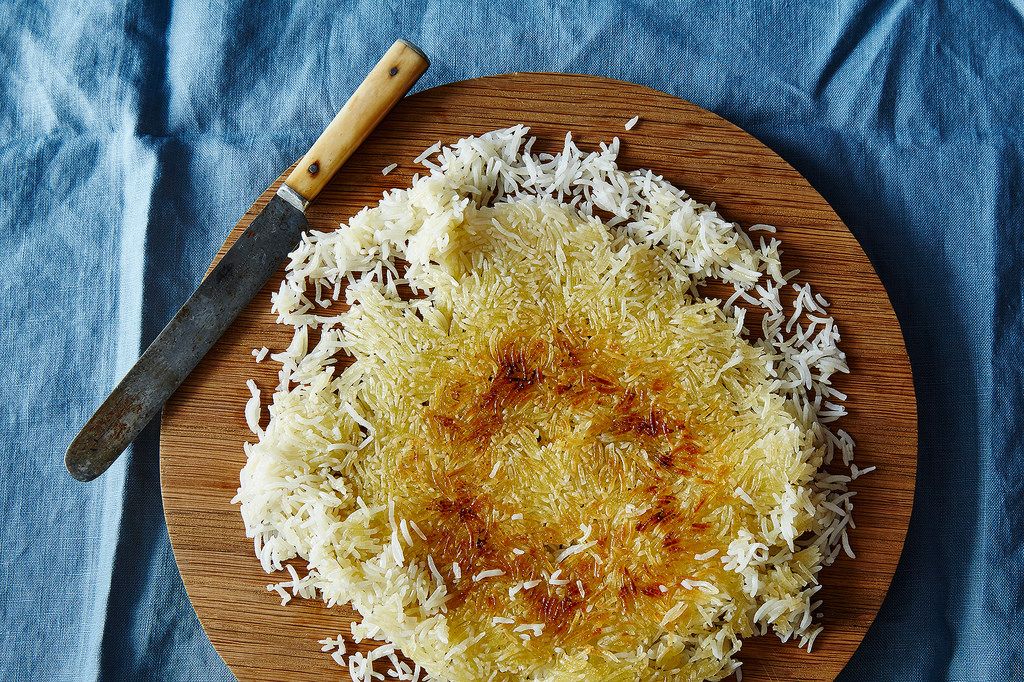
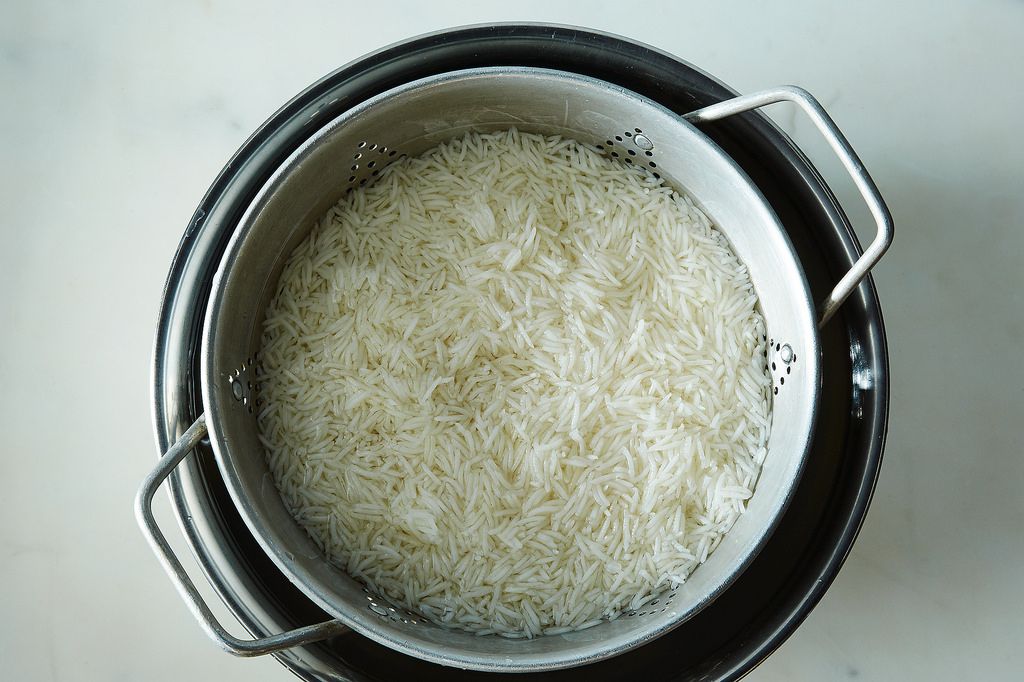
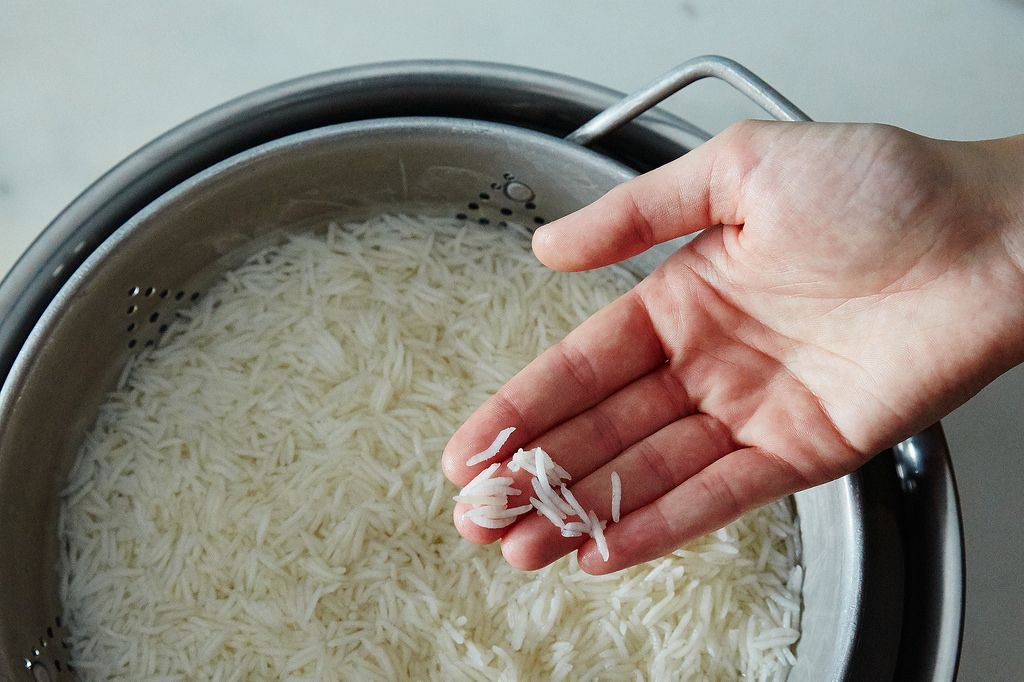
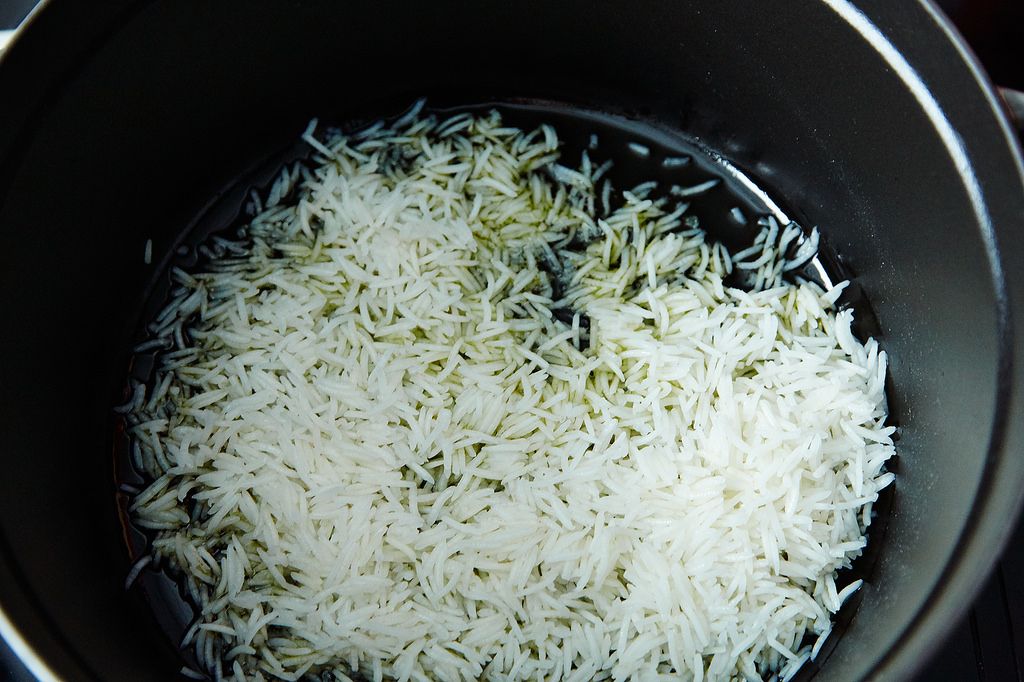
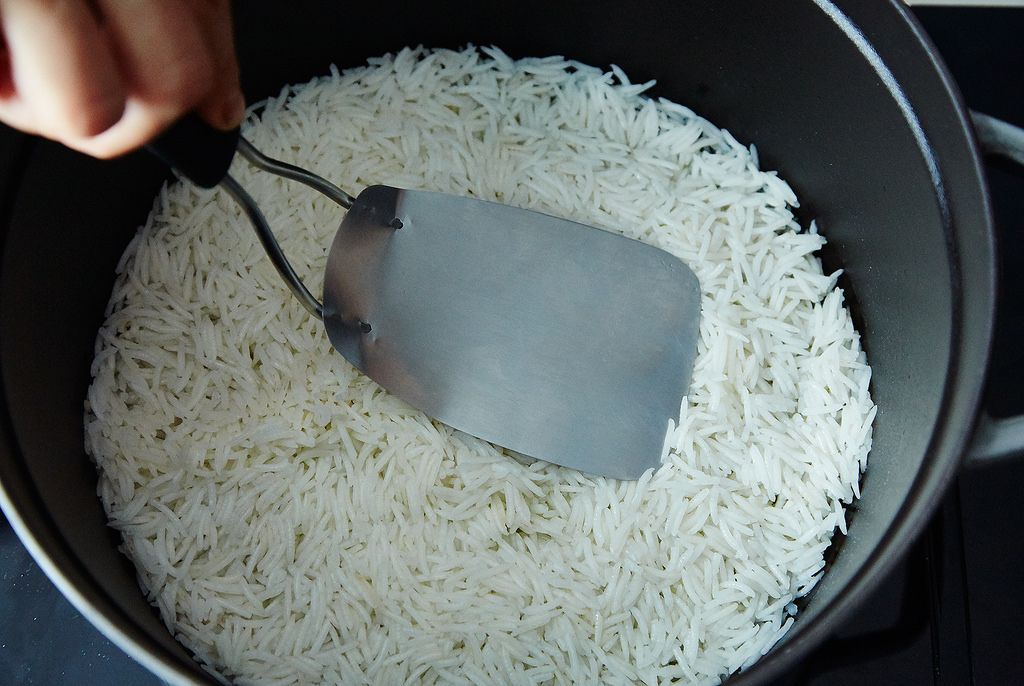
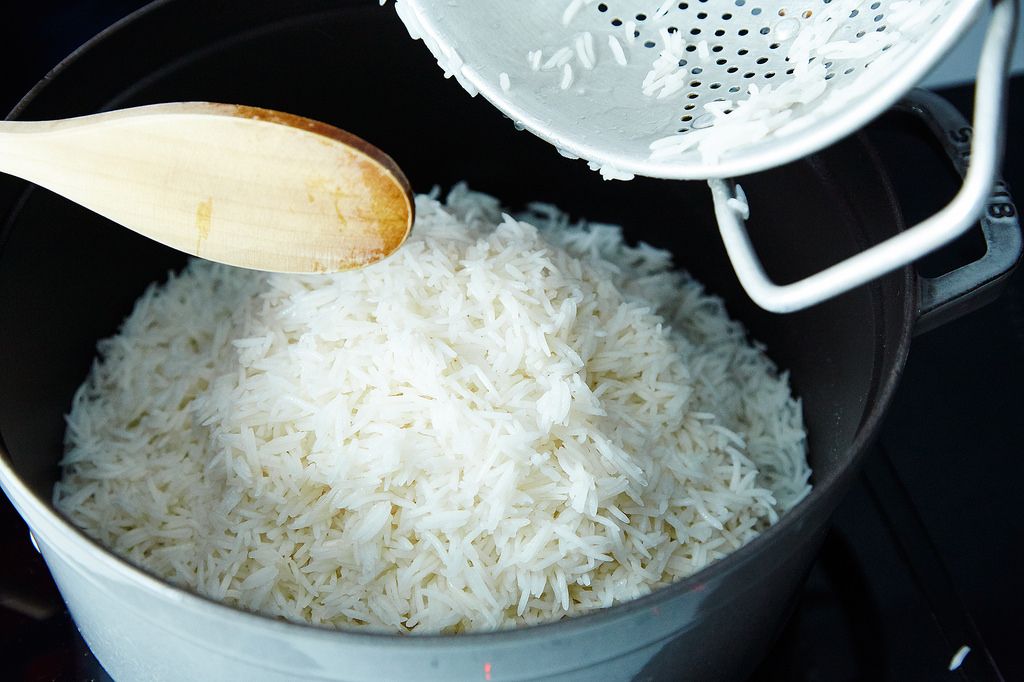
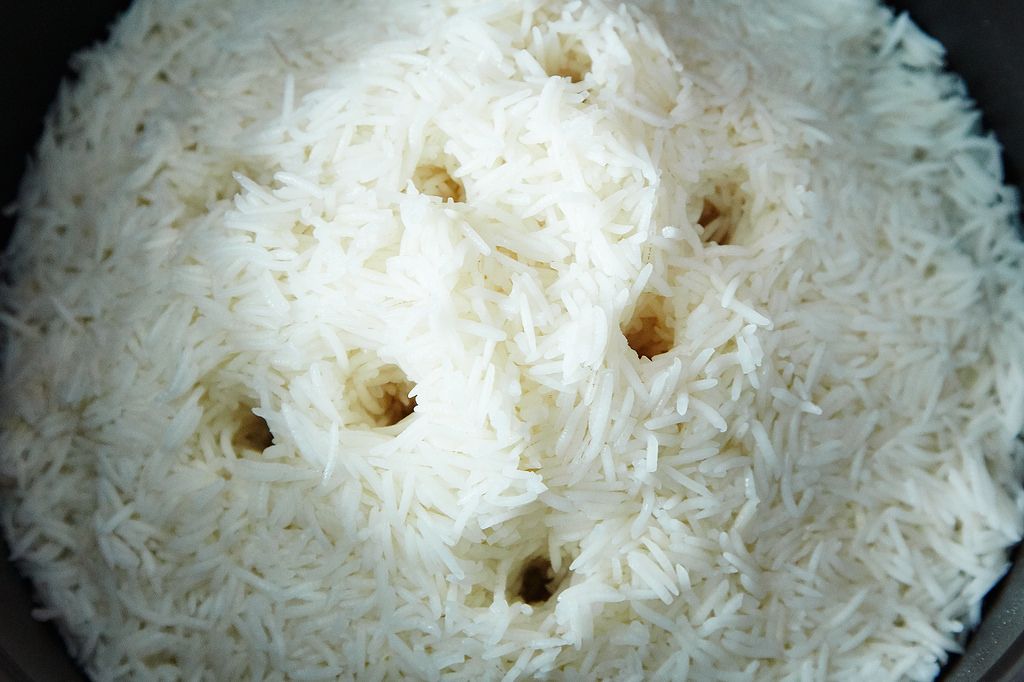

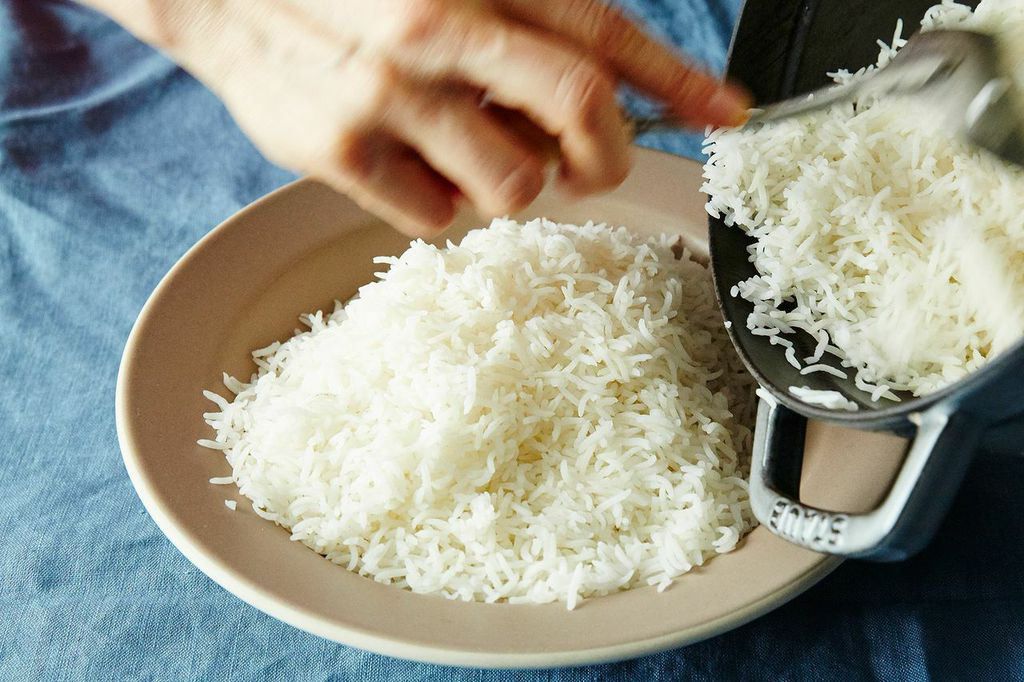

See what other Food52 readers are saying.